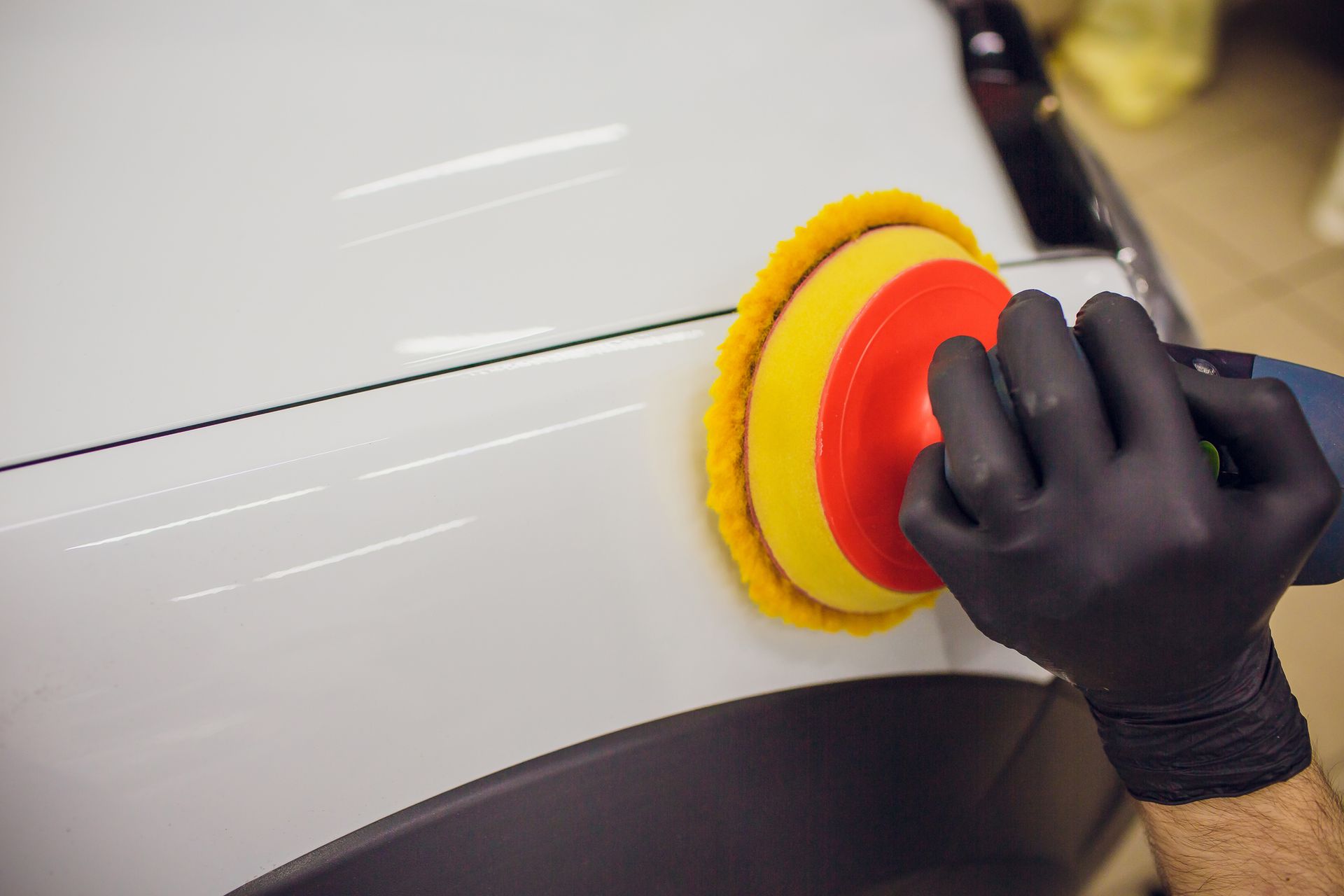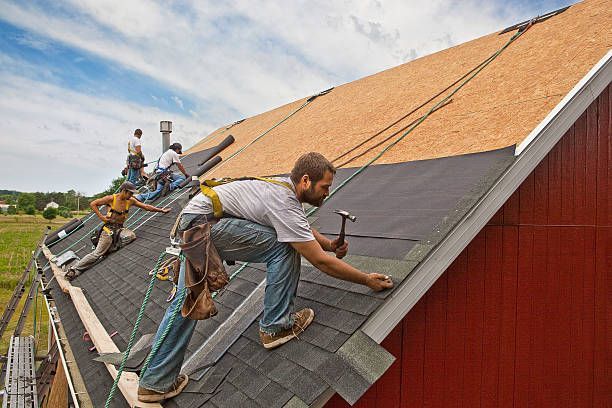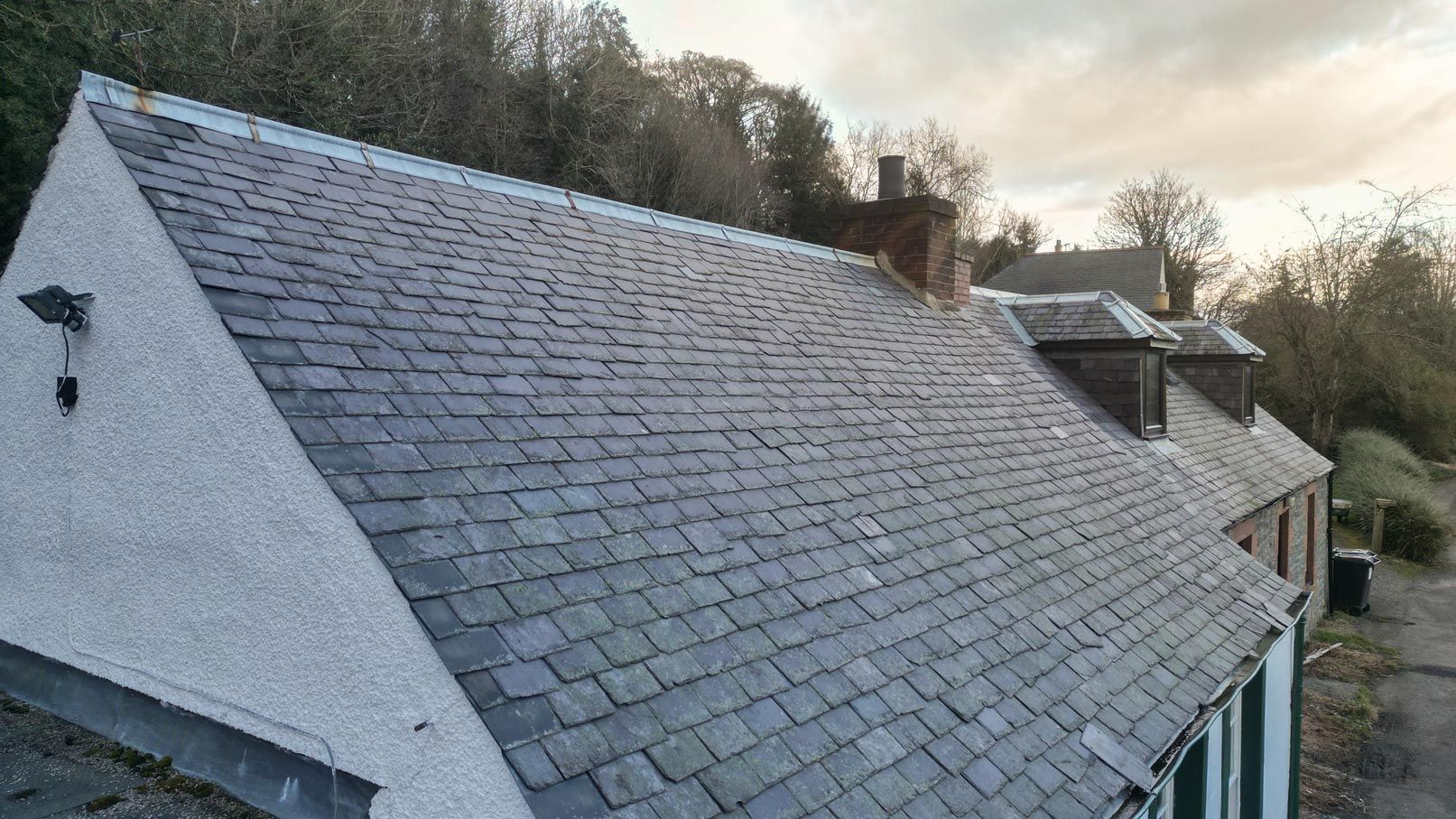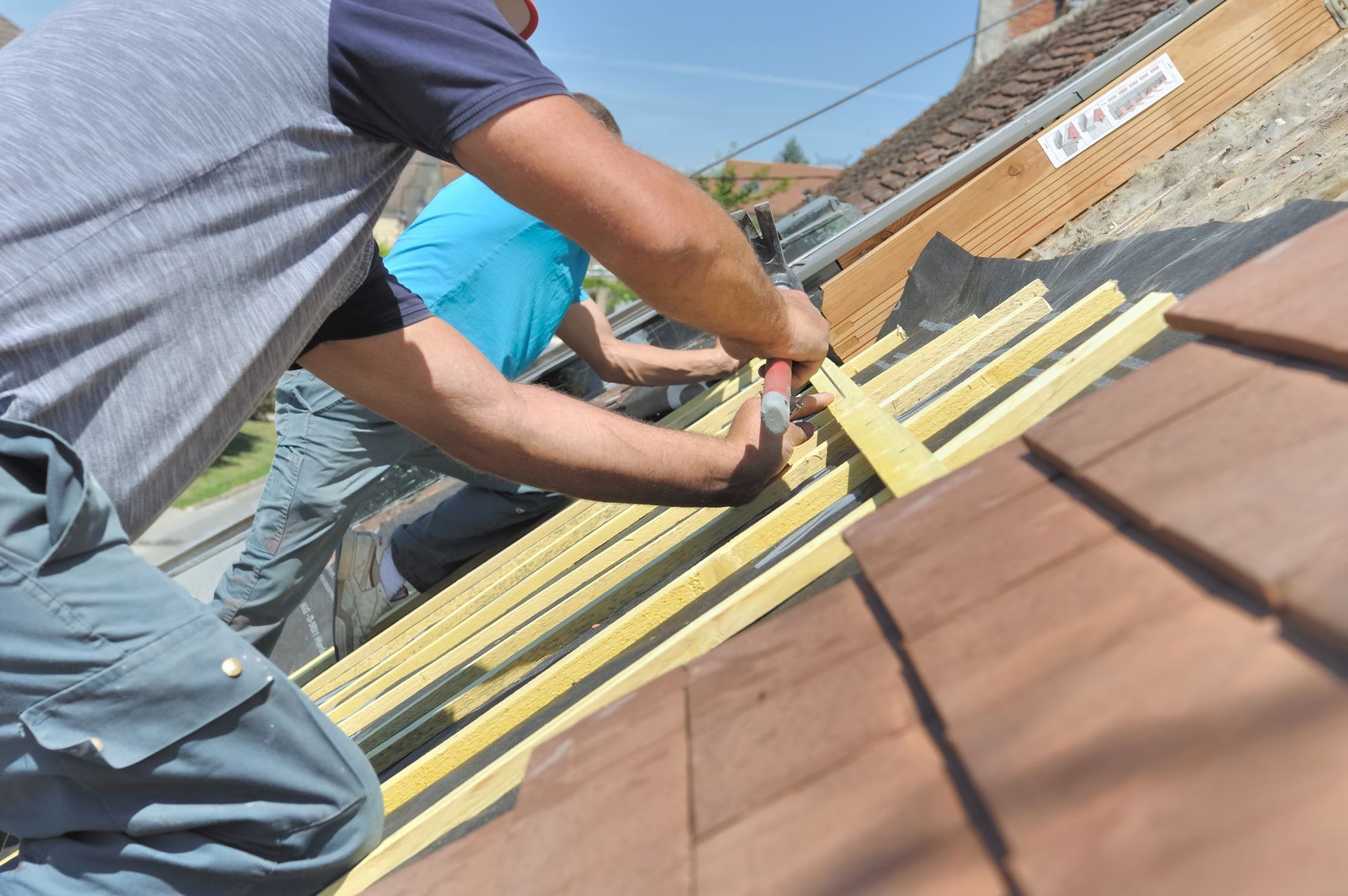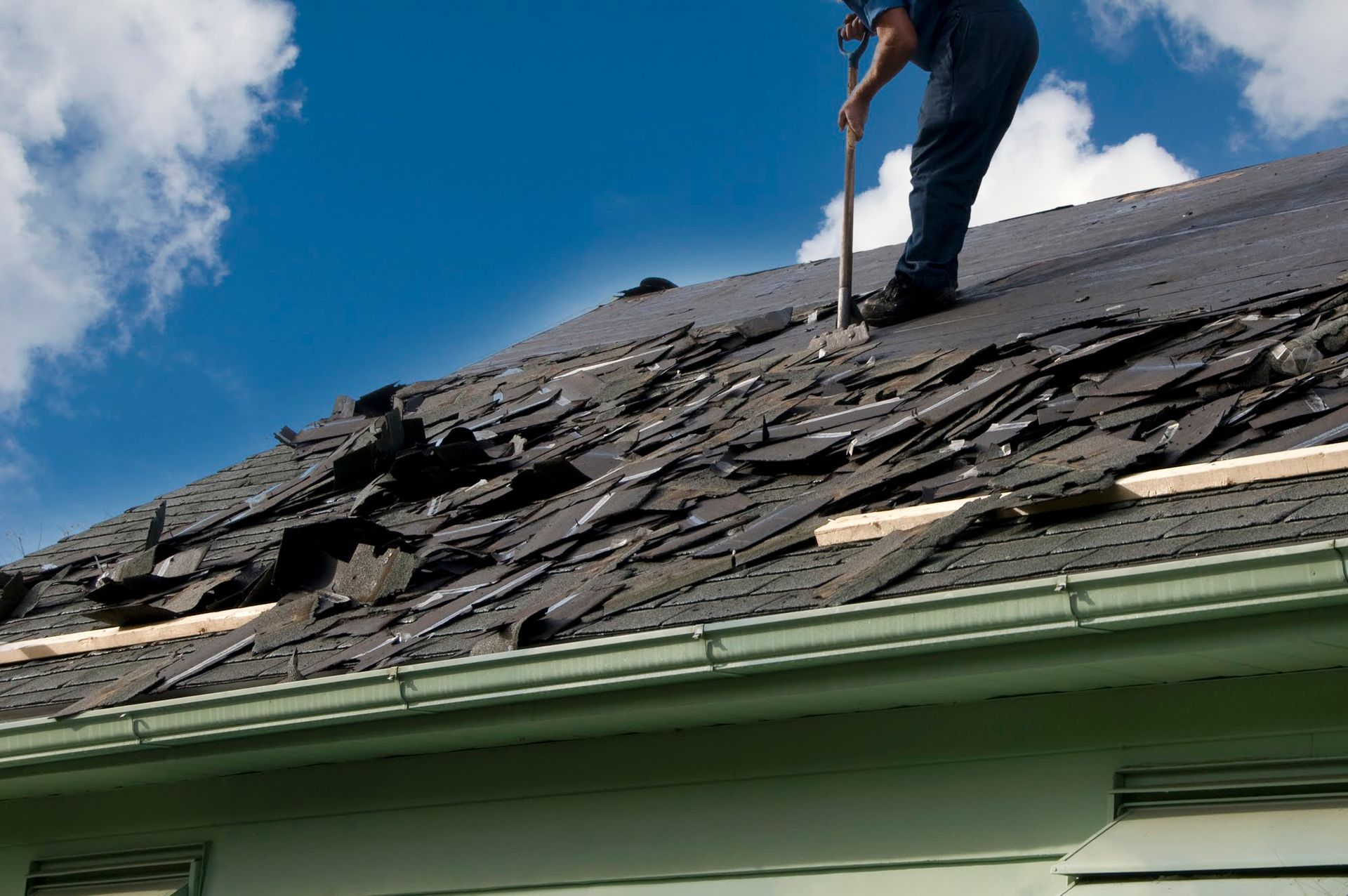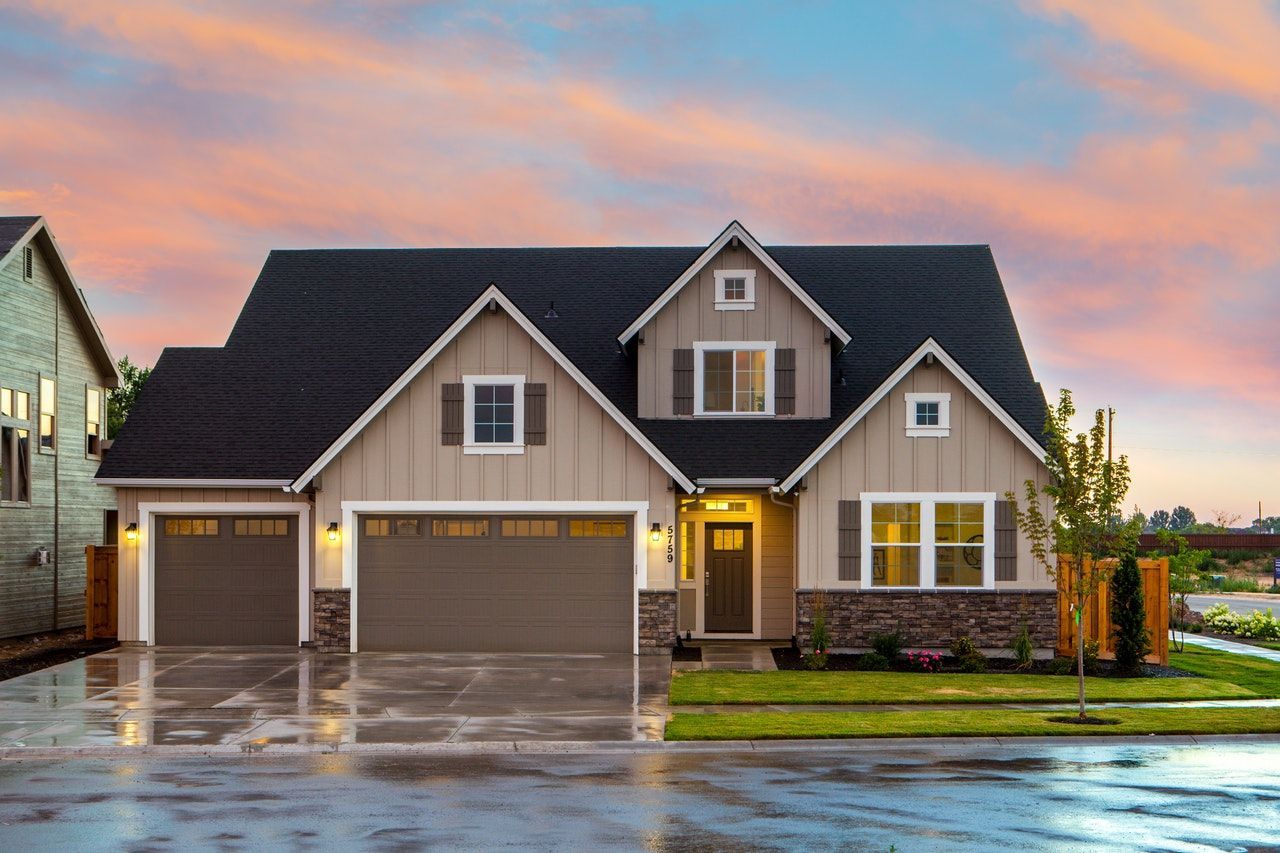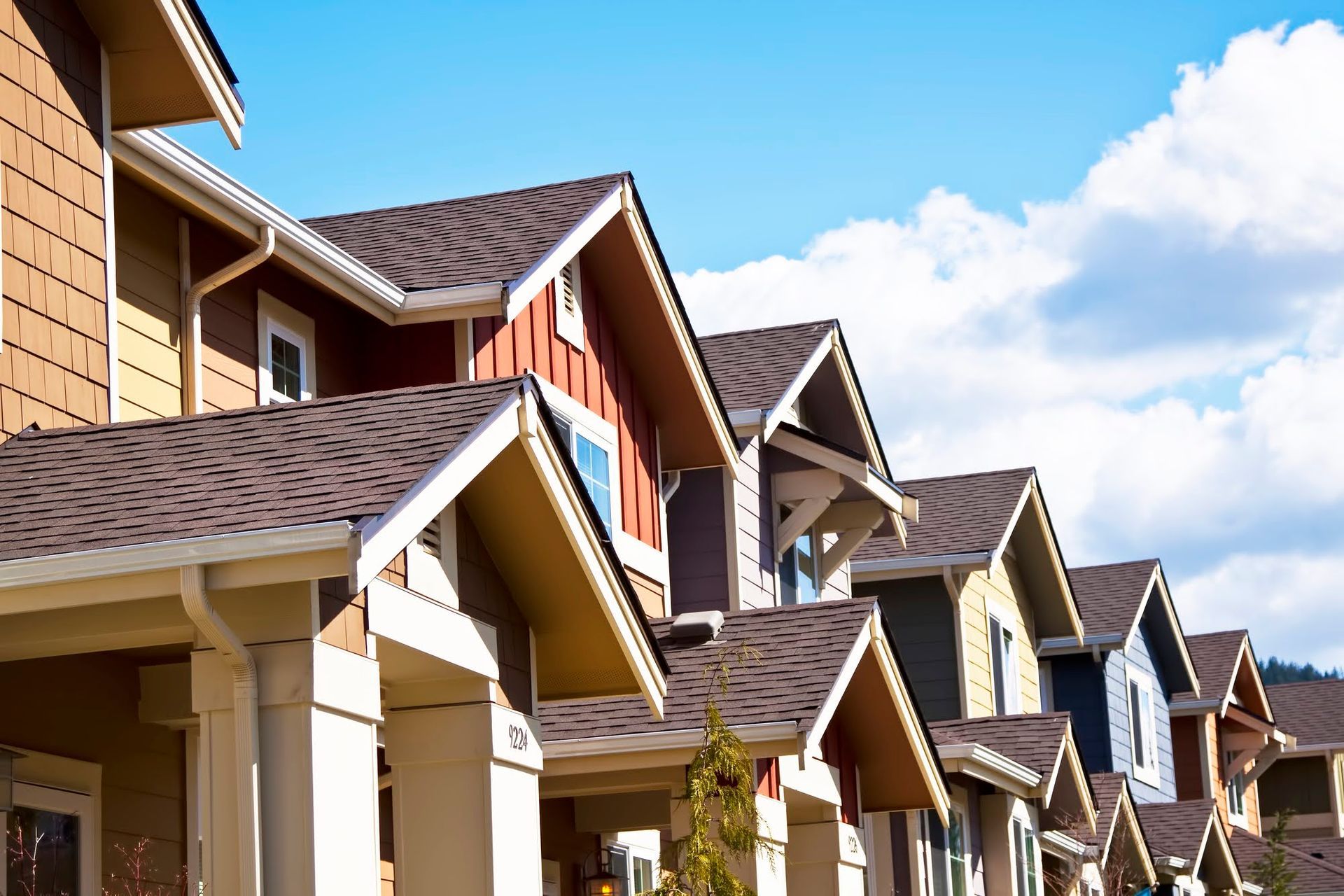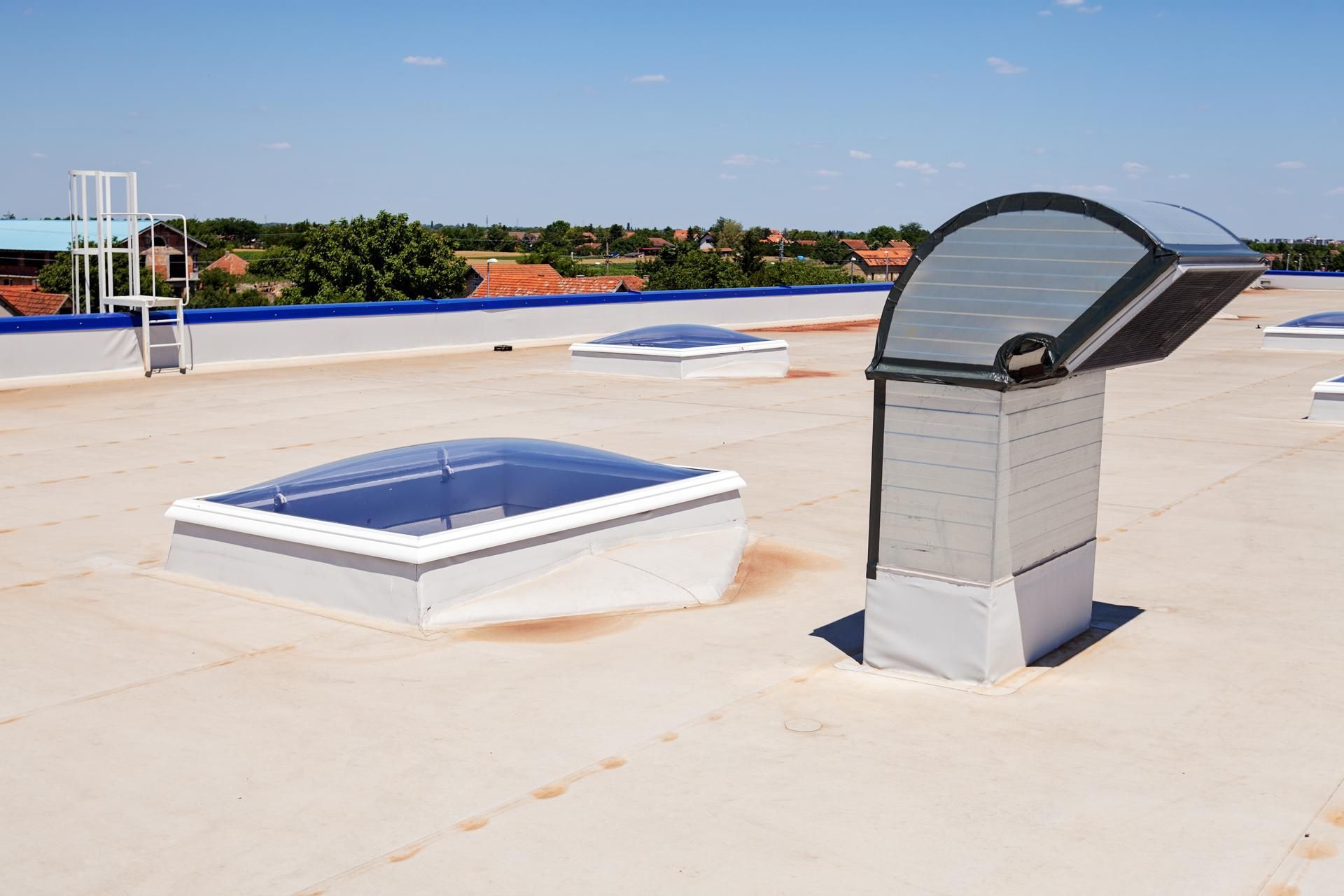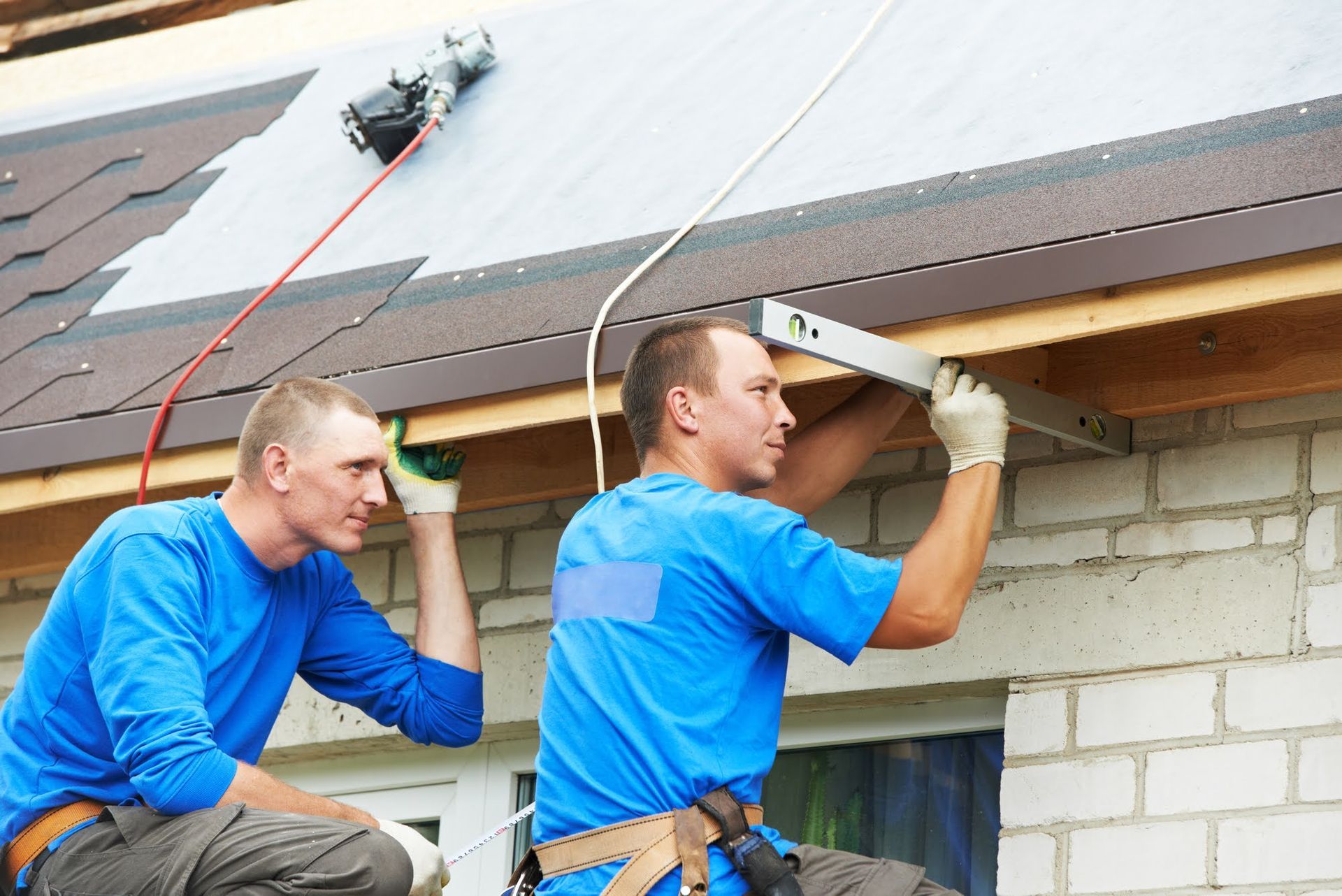5 Signs of Hail Damage on Residential Roofs
Hail can often leave a trail of hidden destruction, particularly on your home's roof. For homeowners who've weathered a recent storm, understanding the telltale signs of hail damage is as critical as the initial weather report. Failing to identify and address this damage promptly can lead to more severe issues down the line, from leaks to structural decay. This comprehensive guide will break down the critical signs to look for on your roof post-hailstorm.
Sign 1: Dents and Dings
The most apparent telling feature of hail damage is the presence of dents and dings on the roofing material. These can be spotted on shingles, metal roofs, or any surface that the hailstones can physically impact. The intensity and size of the dents can vary based on the size of the hailstones, but even small dents should not be ignored.
Detecting the Severity of Damage
The severity of dents depends on the material's thickness and durability. For example, asphalt shingles can sometimes exhibit small, subtle marks, while the damage on metal roofing might be more pronounced and potentially lead to punctures or weakened areas.
Potential Long-Term Consequences
The immediate concern with dents is their potential to compromise the material's water-tightness, leading to leaks. In the long term, these weakened spots can be points of entry for pests and contribute to the roof's premature aging.
Sign 2: Loss of Granules
After the storm, check your gutters and the perimeter of your house for an excess of granules, a telltale sign that your roof has suffered hail damage. Granules are small, sand-like particles that protect shingles from UV rays and provide fire resistance. Hail damage can cause abrasion on the surface of materials like shingles, leading to granule loss. Granule loss can lead to faster degradation of shingles, resulting in a shortened lifespan for your roof.
Sign 3: Cracks and Tears
For materials like asphalt and wood shingles, sustained impact from hail can result in more severe damage beyond mere dents—think cracks and tears. During a visual inspection, keep an eye out for shingles that appear split or have exposed underlying layers. If you're dealing with wood shingles, you may notice straight-line fractures, often referred to as "splitting." These fissures not only harm the integrity of your roof but also create direct paths for water to seep in and cause leaks during future rain or snowstorms.
Sign 4: Weak or Soft Spots
After a particularly intense hailstorm, your roof may give beneath your feet in certain areas or feel spongy. This is a red flag for significant damage that must be addressed immediately. Hail can damage the underlying structure of the roof, including the sheathing and support beams, leading to a weakened and insecure roof. Soft or weak spots on your roof pose a major safety risk, as they can lead to collapse if left untreated. It is crucial to consult with a roofing professional if you detect these signs.
Sign 5: Undetectable Damage
Not all signs of hail damage are immediately obvious. Some effects of hailstorms, such as loosening of shingles and structural weakening, are not readily visible to the untrained eye. Working with a professional roofing contractor for thorough assessment and repairs is essential. They have the expertise to detect hidden damage and provide detailed reports on the condition of your roof.
Understanding and recognizing these five signs will empower you as a homeowner after a hailstorm. Quick action is key, and that may involve seeking the counsel of roofing experts who can guide you through the necessary repair process. If you suspect that your home might have been damaged by a recent hailstorm, don't delay. Contact our team at Alpha Roofing USA today to schedule an inspection. By addressing potential damage swiftly, you can safeguard your home against more substantial and costly issues in the future.


